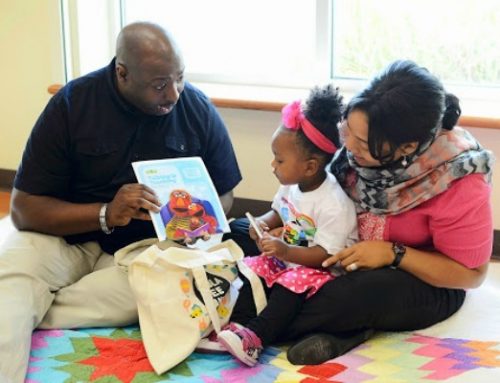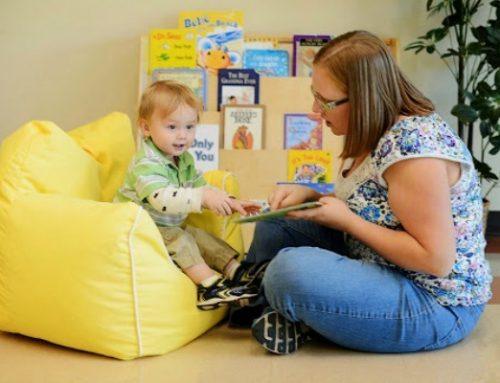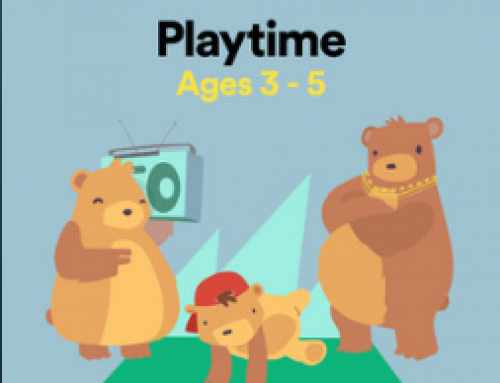
As they get older, they can learn to use words and gestures to communicate. Even when their behavior is challenging, try to understand why your child is behaving a certain way. Here are some ways you can help:
Be a “feelings detective”
What makes your child anxious? Happy? When does she feel hungry? What makes her fussy? In challenging situations, try asking: “What else could be going on here?” This can help you respond calmly and consistently to her needs.
Talk about feelings
Talking with your child about his feelings can help him feel heard and understood. For example, you might say, “I can tell you’re sad because you didn’t want to leave the playground”, or “You look mad because he took your ball away and you want it back.”
The more words he has to express himself, the more he can learn to communicate his needs and feelings in a positive way.
Offer simple choices
Giving your child simple choices can help her feel better, especially in challenging situations. For example, “Let’s wait our turn by playing with these blocks instead,” or “Let’s sing a song while we wait.”
Don’t forget about your feelings, too! It’s natural for parents to have all kinds of feelings when children are crying, being demanding, or having a tantrum. These behaviors are a normal part of childhood and when you act calm during these moments, you are teaching your child to manage her emotions too. Be kind to yourself and if needed, take a break to breath and cool down.






